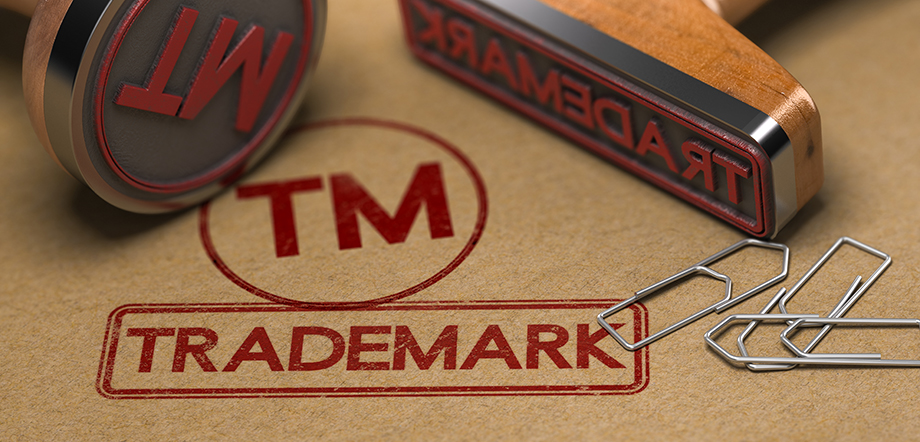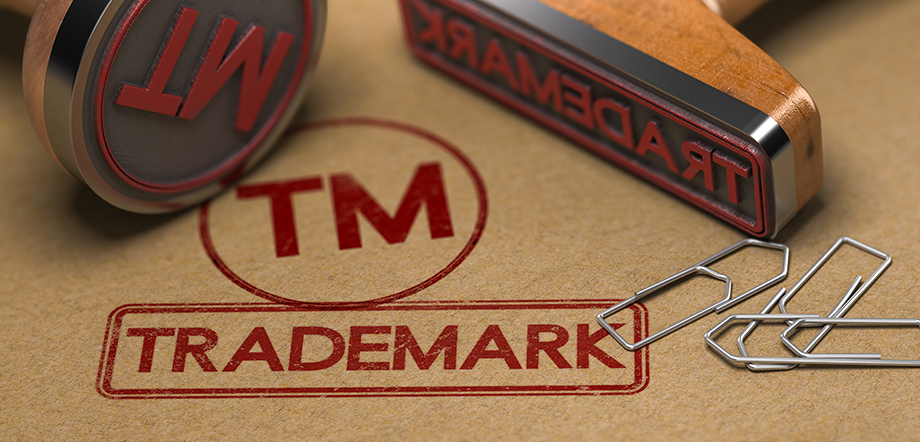Client Alerts
USPTO Publishes Final TMA Rules
November 2021

Client Alerts
USPTO Publishes Final TMA Rules
November 2021
Following the passage of the Trademark Modernization Act (“TMA”) by Congress in December 2020, the U.S. Patent and Trademark Office published its final rules for the TMA on November 17, 2021. The rules take effect on December 18, 2021. We have provided a brief summary of the more significant rule implementations and amendments below.
- Registrations Subject to Ex Parte Proceedings. For ex parte expungement proceedings, the USPTO limited the filing of petitions on registrations to three years after the original date of registration until December 27, 2023. After that date, they may be filed only on registrations for a period of 3-10 years after the date of registration. For ex parte reexamination proceedings, the USPTO limited petitions to registrations during the first five years following the original date of registration.
- No Limit on Number of Petitions. Though the TMA gives discretion to the Director to establish a limit on the number of petitions for expungement or reexamination that can be filed against a registration, the USPTO has determined that it will not impose a limitation on the number of petitions in order to “foster clearing of the register of unused marks.” However, the USPTO intends to collect data on these proceedings not only to evaluate their effectiveness, but also to assess potential abuse. It may institute other safeguards to curb abuse in the future if needed.
- Identification of the Real Party in Interest Not Required. The rules for the TMA require an identification of the petitioner, but not the real party in interest on whose behalf the petition is filed. The USPTO determined such a requirement could discourage legitimate petitions from being filed where the potential filers have concerns about being identified in the petitions. However, the Director may require the identity of the real party in interest to be identified in particular cases.
- Elements of a Petition for Expungement or Reexamination. A complete petition in either type of proceeding must include the following: (a) the required fee; (b) the registration number subject to the petition; (c) the basis for the petition under § 2.91(a); (d) the name, address, and email of the petitioner; (e) the designation of a qualified U.S. attorney if the petitioner is not domiciled in the U.S. or its territories; (f) the good and/or service that is the basis for the petition; (g) a verified statement with the elements of the reasonable investigation of nonuse (including descriptions of the sources and searches) and a concise factual statement of the basis for the petition; and (h) copies of supporting documentary evidence of nonuse.
- $400 Petition Filing Fee. After initially proposing a $600 fee per class for filing a petition for expungement or reexamination, the USPTO has adjusted the per-class fee to $400 per class to ensure that it adequately discourages abuse and accounts for the increased costs to the Office, while also incentivizing the use of these procedures.
- Reasonable Investigation Requirement for Expungement and Reexamination Proceedings. This will be a case-by-case determination focusing on the mark disclosed in the registration and the identified goods and services, keeping in mind their scope and applicable trade channels. The new rules provide examples of appropriate sources of evidence, which should be reasonably accessible sources that can be publicly disclosed, because the petitions will be entered into and viewable in the registration record.
- Notice of Petition and Proceedings. When a petition requesting expungement or reexamination is filed, it will be made publicly available. The USPTO intends to send a courtesy email notification to the registrant and/or the registrant’s attorney if an email address is of record. If the Director institutes the proceeding, the petitioner and registrant will be sent notice along with the means to access the petition and supporting documents and evidence.
- Flexible Response Periods. Office actions for applications filed under Section 1, Section 44 and post-registration will have only a three-month response period. Applicants may request a single three-month extension of time, subject to a $125 extension fee. To avoid abandonment, the extension request must be received by the USPTO on or before the deadline for response. Response deadlines for applications filed under Section 66(a) remain at six months.
- Letters of Protest. The Director must determine whether evidence submitted as part of the letter of protest should be included in the record of the relevant application within two months of the filing. This USPTO determination to include or exclude evidence in the record is final and non-reviewable.
- Attorney Recognition. The USPTO decided not to implement many of its proposed rule changes relating to attorney recognition and withdrawal. However, one new rule makes an attorney designation for applicants, registrants, or parties to a proceeding ineffective when the designation is false, fraudulent, made by mistake, or without the practitioner’s knowledge.
ADDITIONAL INFORMATION
For more information, please contact:
- Nicholas B. Clifford | 314.571.4962 | nicholas.clifford@tuckerellis.com
- Helena M. Guye | 213.430.3038 | helena.guye@tuckerellis.com
- Nathan C. Lovette | 216.696.2032 | nathan.lovette@tuckerellis.com
This Client Alert has been prepared by Tucker Ellis LLP for the use of our clients. Although prepared by professionals, it should not be used as a substitute for legal counseling in specific situations. Readers should not act upon the information contained herein without professional guidance.
